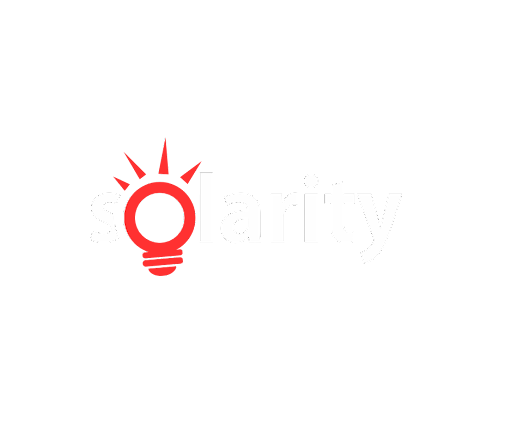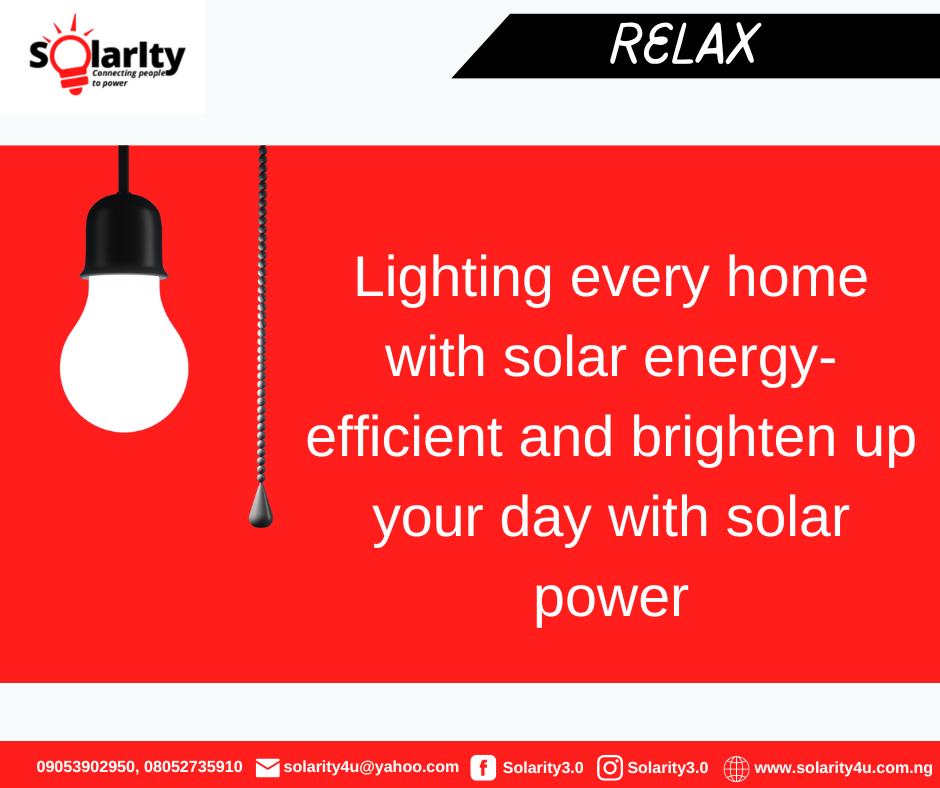
Hi there! In this article, we’ll be discussing the benefits of energy efficiency in lighting. Energy efficiency is a hot topic, and rightly so. With increasing awareness of climate change and the need for sustainable living, it’s important to understand how we can reduce our carbon footprint. One way to do this is by implementing energy-efficient lighting in our homes and workplaces. So let’s dive in and explore the benefits.
1. Lower Energy Bills
Energy-efficient lighting uses less energy to produce the same amount of light, which means lower electricity bills. When you switch to LED lights, for example, you can reduce your energy consumption by up to 80%. By lowering your energy bills, you’ll have more money to spend on other things.
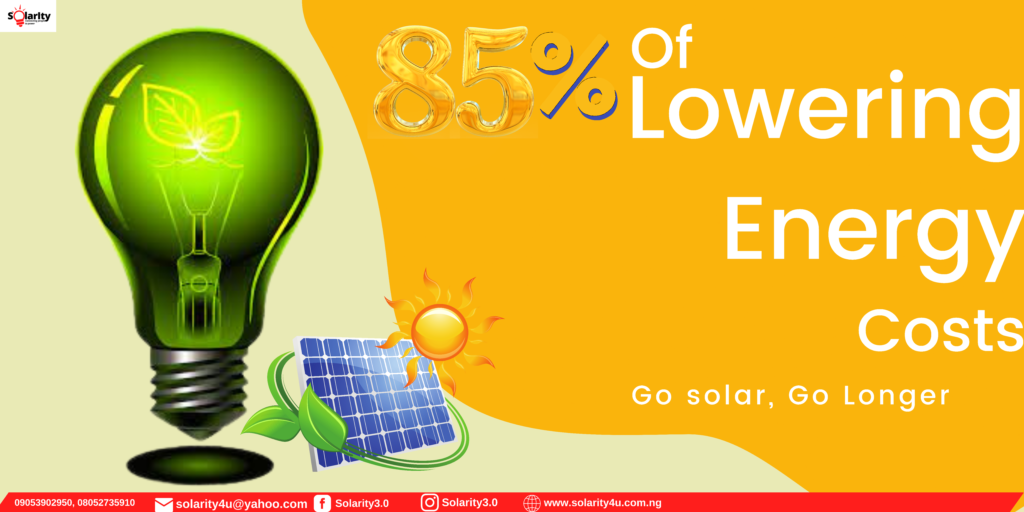
2. Reduced Carbon
Footprint Using energy-efficient lighting reduces the amount of energy needed to light your home or workplace. This reduces the demand for energy production, which in turn reduces greenhouse gas emissions. By reducing your carbon footprint, you’re helping to mitigate the impacts of climate change.
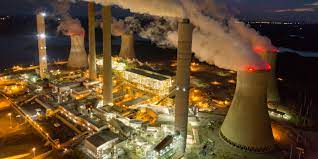
3. Longer Lifespan
Energy-efficient bulbs, such as LEDs, last significantly longer than traditional bulbs. LED lights can last up to 25 times longer than incandescent bulbs. This means you’ll have to replace them less often, reducing waste and saving you money in the long run.

4. Improved Lighting
Quality Energy-efficient lighting produces better-quality light than traditional lighting. LED lights, for example, produce a more natural light that is less harsh on the eyes. This means you’ll be able to see more clearly and work more comfortably, reducing eye strain and fatigue.
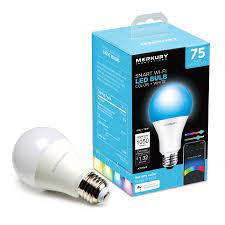
5. Versatility Energy
efficient lighting comes in a variety of styles, colors, and shapes, making it easy to find the right lighting for any application. You can choose from a range of bulbs, from warm to cool light, to suit your preferences.
Conclusion: In conclusion, energy-efficient lighting is an excellent way to reduce your energy bills, lower your carbon footprint, and improve the quality of your lighting. By making the switch to energy-efficient lighting, you’ll not only save money in the long run but also contribute to a more sustainable future. So, if you haven’t already, it’s time to make the switch to energy-efficient lighting!
What are the pros and cons of solar lights?
Let’s explore the benefits and drawbacks of solar lights to help you make an informed decision. Solar lights are eco-friendly, cost-effective, and easy to maintain. Consider your specific requirements, and choose solar lights that align with your preferences and outdoor aesthetics. Pros of Solar Powered Landscape Lights No Electrical Connection
How can I choose the right solar lights?
Choosing the right solar lights involves considering several factors to ensure they meet your specific needs. Here are some steps to guide you: Purpose and Location: Determine the purpose of the solar lights. Are you lighting a pathway, garden, patio, or driveway? Different areas require varying levels of brightness and
10 Strategies for Maximizing the Impact of Solar Lights
Let’s explore some strategies for maximizing the impact of solar lights. Solar lights are a fantastic choice for illuminating outdoor spaces while minimizing energy consumption. Here are ten strategies to consider: Solar Energy Integration: Leverage solar panels to harness sunlight and convert it into electricity. Install solar lights in key
Exploring the Impact of Solar Lights on Olalenge ‘s Family
The Olalenge family, living in a rural Nigerian village called Okeho, faced challenges due to limited access to reliable lighting. When they first moved into their new home, they relied on a single, smoky kerosene lamp for illumination. After sunset, their activities were shrouded in relative darkness. ABIKE OLALENGE, along
What Impact Did Solar Lights Have on Kelly’s Family?
Kelly’s family, living in a rural Nigerian village called Okeho, faced challenges due to limited access to reliable lighting. When they first moved into their new home, they relied on a single, smoky kerosene lamp for illumination. After sunset, their activities were shrouded in relative darkness. Kelly Olawale, along with
What is an inverter—solarity?
An inverter is an electronic device that converts direct current (DC) electricity into alternating current (AC) electricity. Inverters are commonly used in various applications, including renewable energy systems, uninterruptible power supplies (UPS), electric vehicles, and portable electronics. Let me explain further: DC Power: Direct current (DC) is the type of
